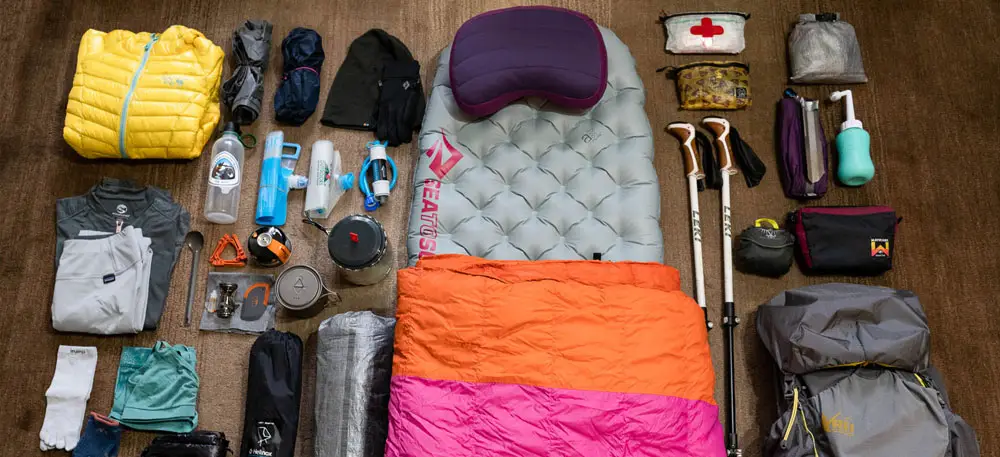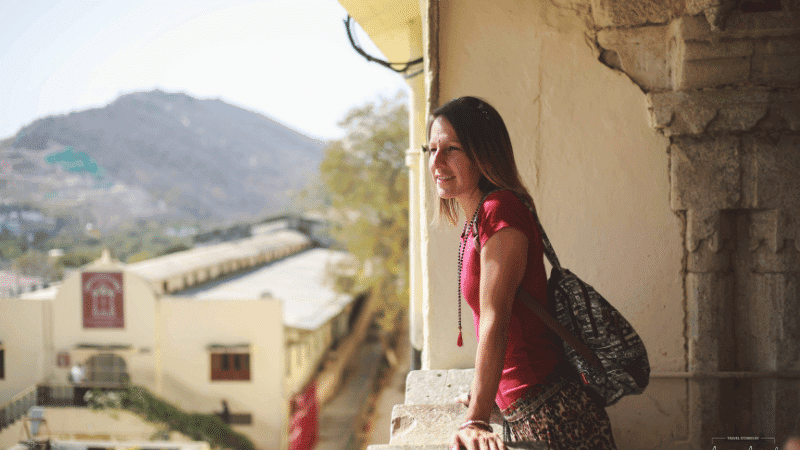Now Reading: Pilgrimage Packing Made Simple: What to Carry on Your Next Yatra
-
01
Pilgrimage Packing Made Simple: What to Carry on Your Next Yatra
Pilgrimage Packing Made Simple: What to Carry on Your Next Yatra

Religious yatras in India, from Kedarnath to Vaishno Devi, are spiritual journeys that blend devotion with endurance. Whether it’s a family pilgrimage or a solo spiritual retreat, being well-prepared makes the experience peaceful and hassle-free. Here’s a simple guide on what essentials you should carry to stay safe, comfortable, and focused on the purpose of your yatra.
Clothing Essentials for Varying Weather
Weather conditions at pilgrimage sites can change quickly, especially in hilly regions. Carry lightweight but layered clothing, a warm jacket, thermal wear (for colder places), and a raincoat or poncho during monsoon. Cotton clothes work best for places with hot and humid climates like Shirdi or Tirupati.
Comfortable Footwear Is a Must
Choose sturdy, well-fitted walking shoes or sandals with good grip. Many yatras involve long walks or uneven paths, so avoid new or tight footwear. Also, carry a pair of slippers for use within temple premises.
Basic Medical and First-Aid Kit
Pack your regular medicines, pain relievers, motion sickness tablets, antiseptic cream, band-aids, and ORS (oral rehydration salts). In remote areas, pharmacies may not be easily accessible, so a small medical kit can be a lifesaver.
Personal Hygiene and Toiletries
Carry travel-sized toothpaste, toothbrush, soap, towel, hand sanitizer, sanitary products, wet wipes, and tissue rolls. Many public restrooms may not be well-maintained, so these items ensure cleanliness and comfort.
ID Proof and Important Documents
Always keep a copy of your Aadhaar card or any valid ID, especially if the temple has a registration process. For older pilgrims, carry medical prescriptions and emergency contact details in case of any health issues.
Snacks and Water
Though food stalls are common near pilgrimage spots, it’s wise to carry dry fruits, energy bars, and light snacks. A refillable water bottle or a small thermos for hot drinks is also useful, particularly in colder regions.
Spiritual Items and Offerings
If you plan to carry your own puja items like incense sticks, small idols, prayer books, or flowers, pack them separately in a waterproof pouch. Most shrines also allow offerings purchased locally, but it’s always good to be prepared.
Cash and Digital Payment Readiness
Carry some cash for small transactions, donations, or local transport. However, ensure your phone is recharged and UPI apps are functional as many stalls and dhabas now accept digital payments too.
Backpack or Duffel Bag
Choose a light but durable backpack with comfortable straps. Keep heavier items at the bottom and essentials in easily accessible compartments. If you’re going in a group, consider distributing common-use items among each other.
Conclusion:
A well-planned packing list helps pilgrims focus more on their spiritual journey than on logistical worries. Whether you’re headed to a temple in the Himalayas or a coastal shrine, having the right items with you ensures that your yatra is not just memorable but also comfortable and safe.

























